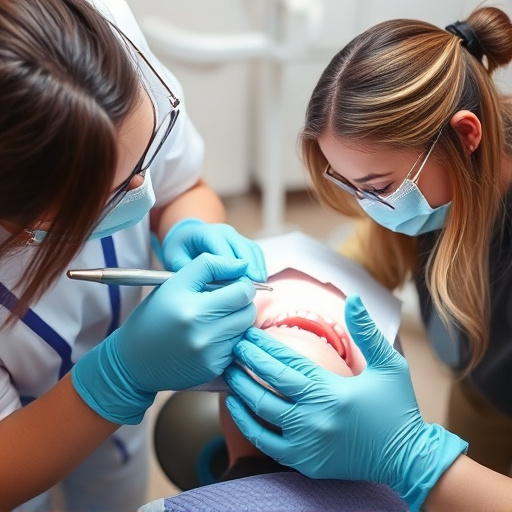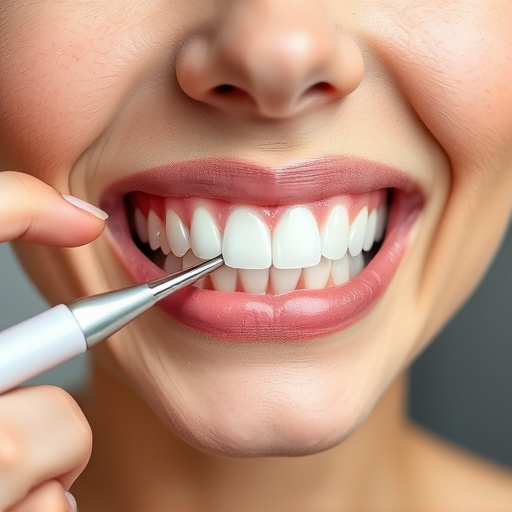Salicylic acid peels effectively treat acne scars, enlarged pores, and mild to moderate acne by exfoliating dead skin and unclogging pores. Post-peel care includes gentle cleansing, avoiding harsh products, and using soothing ingredients with hydration. Customized facials and nutrient-rich foods support healing while non-comedogenic moisturizers calm inflammation. Proper nutrition and targeted treatments accelerate skin recovery for a healthier complexion.
Discover the secrets to faster, healthier skin post your salicylic acid peel. This comprehensive guide breaks down the science behind these powerful treatments and provides practical tips for optimal healing. Learn how to navigate the post-peel period with ease, minimizing irritation and maximizing results. From pre-peel preparation to nutritional support, we’ll equip you with the knowledge needed to achieve radiant skin after your salicylic acid peel.
- Understanding Salicylic Acid Peels and Their Efficacy
- Post-Peel Care: Tips for Faster Healing and Minimizing Irritation
- Nutritional Support for Skin Recovery After Salicylic Acid Treatment
Understanding Salicylic Acid Peels and Their Efficacy
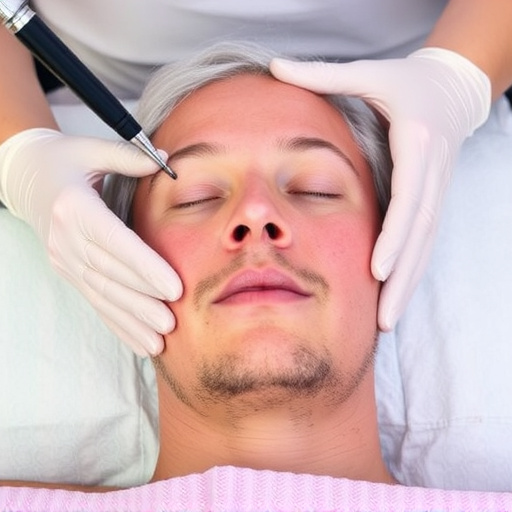
Salicylic acid peels are a popular and effective skin treatment for various skin concerns, particularly those related to acne. This chemical peel works by gently exfoliating the upper layers of the skin, removing dead skin cells, and unclogging pores. It is especially beneficial for individuals dealing with acne scars, enlarged pores, and mild to moderate acne. The acid’s unique ability to penetrate into hair follicles helps in breaking down excess sebum, leading to improved skin texture and a more even complexion.
Understanding the efficacy of salicylic acid peels is crucial when it comes to accelerating skin healing. After a peel, it’s common to experience temporary redness and sensitivity, but these side effects often subside within a few days. To enhance the healing process, maintaining a consistent skincare routine focusing on hydration and protection is essential. Additionally, choosing suitable acne treatments and products that support pore refinement can contribute to achieving smoother, healthier-looking skin post-peel.
Post-Peel Care: Tips for Faster Healing and Minimizing Irritation
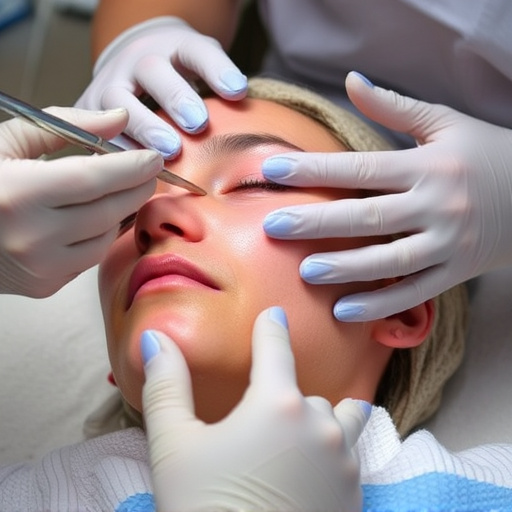
After a salicylic acid peel, proper post-care is essential for faster healing and minimizing irritation. Firstly, gently cleanse your face with a mild, fragrance-free cleanser to remove any residual acidity and prevent further irritation. Avoid using harsh scrubs or exfoliants during this period as they can cause additional damage to the skin. Instead, opt for soft, gentle products that soothe and hydrate.
To aid in the healing process, consider customized facials that use hydrating ingredients like hyaluronic acid or glycerin to replenish moisture levels. Chemical peels can also be beneficial, but only after consulting a dermatologist, as they may increase sensitivity. Additionally, applying a soothing, non-comedogenic moisturizer several times a day can help calm inflammation and support skin repair.
Nutritional Support for Skin Recovery After Salicylic Acid Treatment
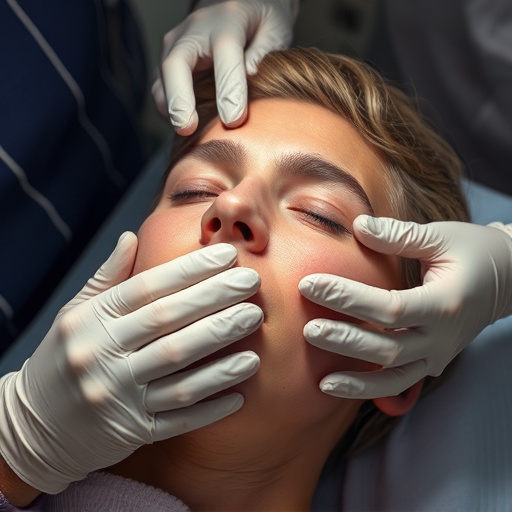
After a salicylic acid peel, proper nutrition plays a significant role in supporting your skin’s recovery process. Antioxidant-rich foods like berries, leafy greens, and citrus fruits are essential as they help combat inflammation and protect the skin from oxidative stress caused by the peeling process. These nutrients also aid in collagen production, which is crucial for skin tightening and repair.
Incorporating protein-rich foods such as lean meats, fish, eggs, and legumes can further enhance recovery. Protein is necessary for building new skin cells and maintaining overall skin health. Additionally, staying hydrated by drinking enough water ensures your skin receives the necessary moisture for healing and rejuvenation. Consider customized facials that include nutrient-rich ingredients to complement your diet and accelerate the healing process, alongside effective acne treatments for a healthier complexion.
Salicylic acid peels can significantly improve skin texture and appearance, but proper post-peel care is essential for faster healing and minimizing irritation. By following the tips outlined in this article, such as keeping the treated area moisturized, avoiding harsh products, and supporting skin recovery through nutrition, you can enhance the benefits of your salicylic acid peel. Remember, consistent skincare routines and a balanced diet are key to achieving healthier, radiant skin.


